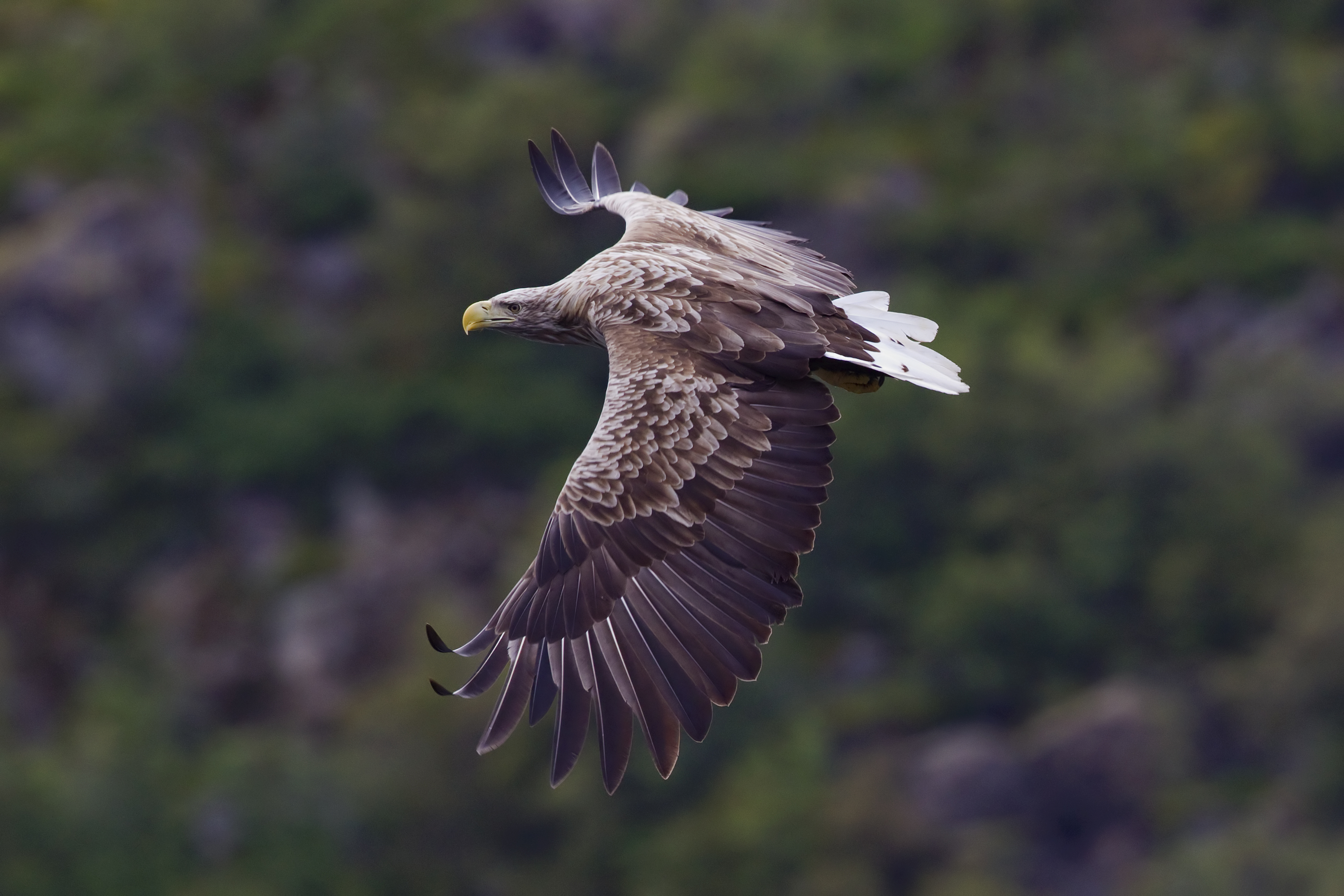Wildlife conservation in Ireland has had a number of success stories to celebrate in recent years. Birds of prey such as the white-tailed sea eagle are breeding down in Killarney National Park after being reintroduced. This past week it was reported that another reintroduced bird of prey, the red kite, has successfully bred in Fingal for the first time in over 100 years. The pine marten, Ireland’s rarest native mammal, has been pulled back from the brink of extinction and its small population is growing.
However, these success stories are tainted by both media sensationalism and demonisation of wildlife, as well as continuous reports of wildlife crimes that never seem to be prosecuted. Misinformation, hysteria and disregard for empirical evidence hamper the best efforts of conservation scientists, and, without fail, every slow-news summer produces an upsurge in polarised reporting on both wildlife and farmers.
Regional and national newspapers alike run stories of out-of-control seagulls and pine martens killing sheep, and birds of prey making off with game pheasants and lambs. Elected politicians spout off with total disregard for the value of native species and hard facts, calling for widespread culling of protected animals. The problem with this demonisation is not that wildlife are given a bad image; it’s that animals are poisoned and shot as a result. Over the August Bank Holiday weekend alone, three buzzards – a protected bird of prey – were poisoned with an illegal insecticide.
Between 2007 and 2011, 100 white-tailed sea eagles were reintroduced to Ireland from Norway, and when the birds arrived at Kerry airport they were greeted with 100 protesting sheep farmers. Since then, 14 of these eagles have been confirmed poisoned to death, two shot, and a further 7-8 dead from suspected poisoning. Prosecuting wildlife crimes is difficult and people get away with illegally killing protected species all the time, but this April three members of a Waterford pigeon racing club were convicted of illegally hunting birds of prey. They had tied up live pigeons, smeared them with poison and were using them as bait to kill four peregrine falcons and two sparrowhawks. The men were fined.
Ireland has a relatively small collection of native animals thanks to geological history. Rising sea levels at the end of the last ice age 10,000 years ago isolated Ireland before many species could disperse northwards, following the retreating glaciers. Many more native species, such as the Irish wolf, the golden eagle and the red kite, were hunted to extinction. Protecting threatened species and reintroducing extinct ones is more than simply a way to preserve the collection of animals on display in our landscape.
Different species feed, forage and interact at different levels in an ecological food web, and disruptions such as the removal of a species can lead to a population explosion in other species. When apex predators such as large carnivores or birds of prey are removed, medium-sized predators and herbivores can grow in numbers and threaten the populations of their own prey species as a consequence. The knock-on effects that follow can even affect whole river systems and landscapes due to vegetation changes, which can of course affect farming practices and human settlements.
Conservation science is a multifaceted discipline where effective communication and dissemination of results and conclusions is quite literally a matter of life and death. Successful conservation hinges on cooperation from the general public, and ideally farmers and wildlife researchers would be allies. Instead they are at loggerheads, and earlier this year the Irish Farmers Association (IFA) launched a poster campaign demanding that the National Parks and Wildlife Service and Bird Watch Ireland stay off farming land. This was in response to land use designations implemented in recent years setting aside areas for species protection.
The IFA claims that farmers have not been properly compensated for the loss of this land, despite agreements. Cooperation between these two crucial groups is missing because legislation and policy are not effective enough in both protecting rural development and farming as a livelihood as well as prosecuting serious wildlife crimes such as poisoning and illegal culling.
Everything becomes a scapegoat when a lamb dies. Birds of prey are vilified, despite the gaping lack of evidence to suggest they harm livestock. Anecdotal stories of buzzards, eagles, falcons and even seagulls carrying off lambs gain traction in the news, putting these animals at risk. In August, Longford Fine Gael Councillor Padraig Brady blamed pine martens for the death of two of his lambs, warning that soon pine martens will be attacking babies in cots. He then called for a cull of the small mammal, whose nationwide population is under 3,000 individuals. Wider ecological benefits have already been seen since efforts began to conserve the pine marten. It preys on the invasive and aggressive North American grey squirrel, which outcompetes the native red squirrel. As pine marten numbers have recovered, so too have native reds.
As long as our elected officials and national press continue to deal in fear and scaremongering, these success stories and their accompanying benefits may be short-lived. Time, energy, money and an animal’s life go to waste when someone decides to poison or shoot a protected species.







